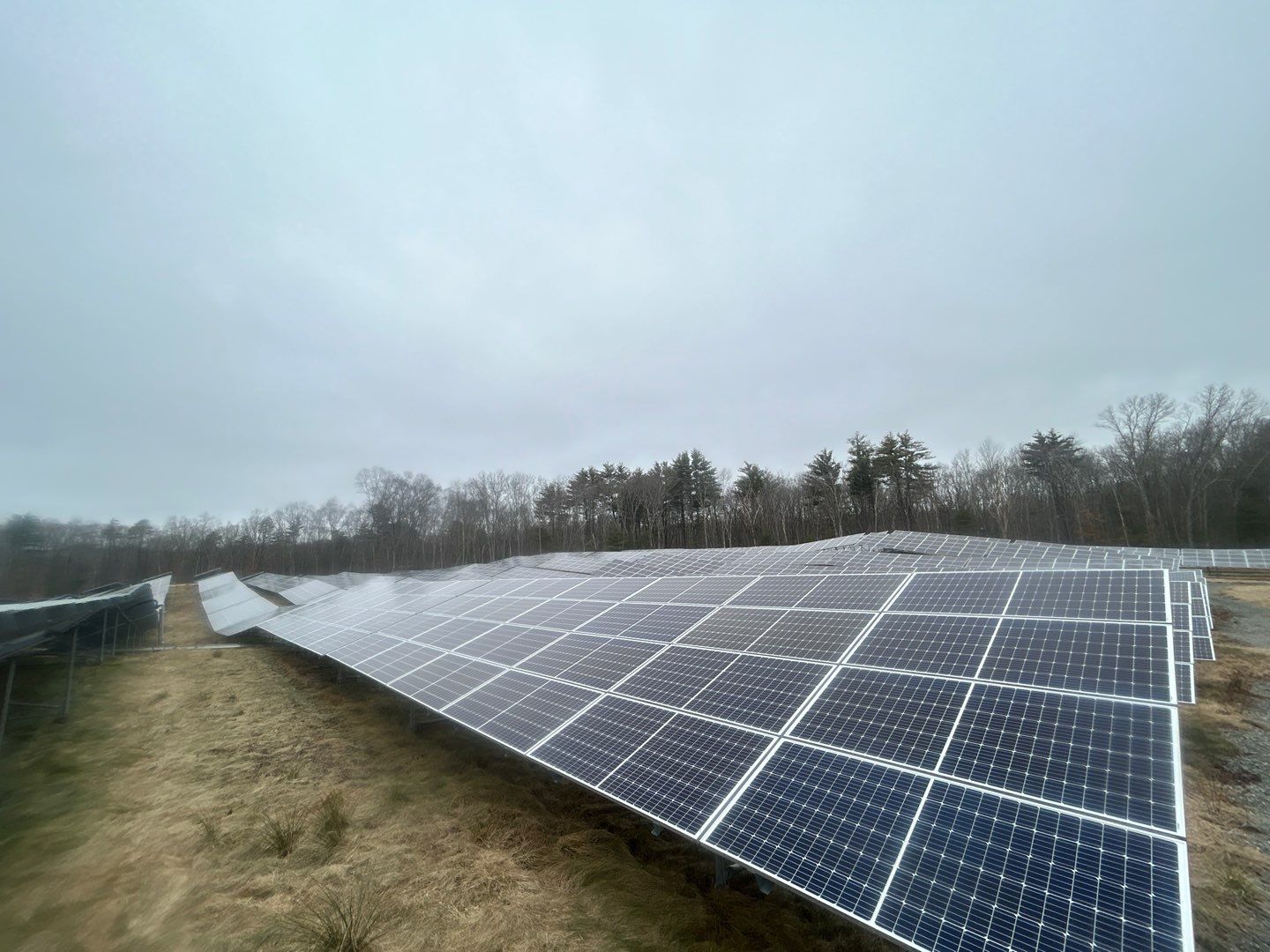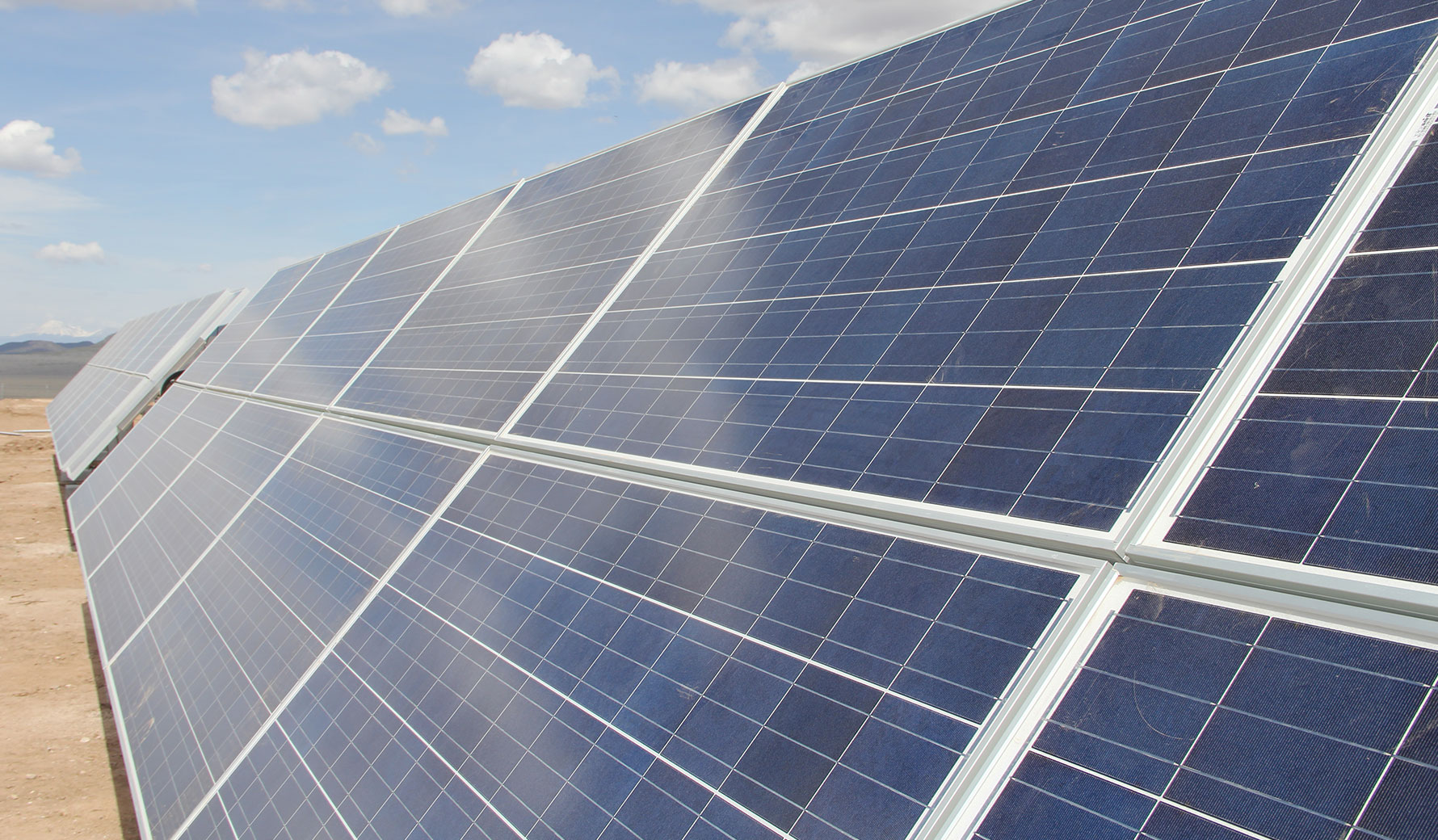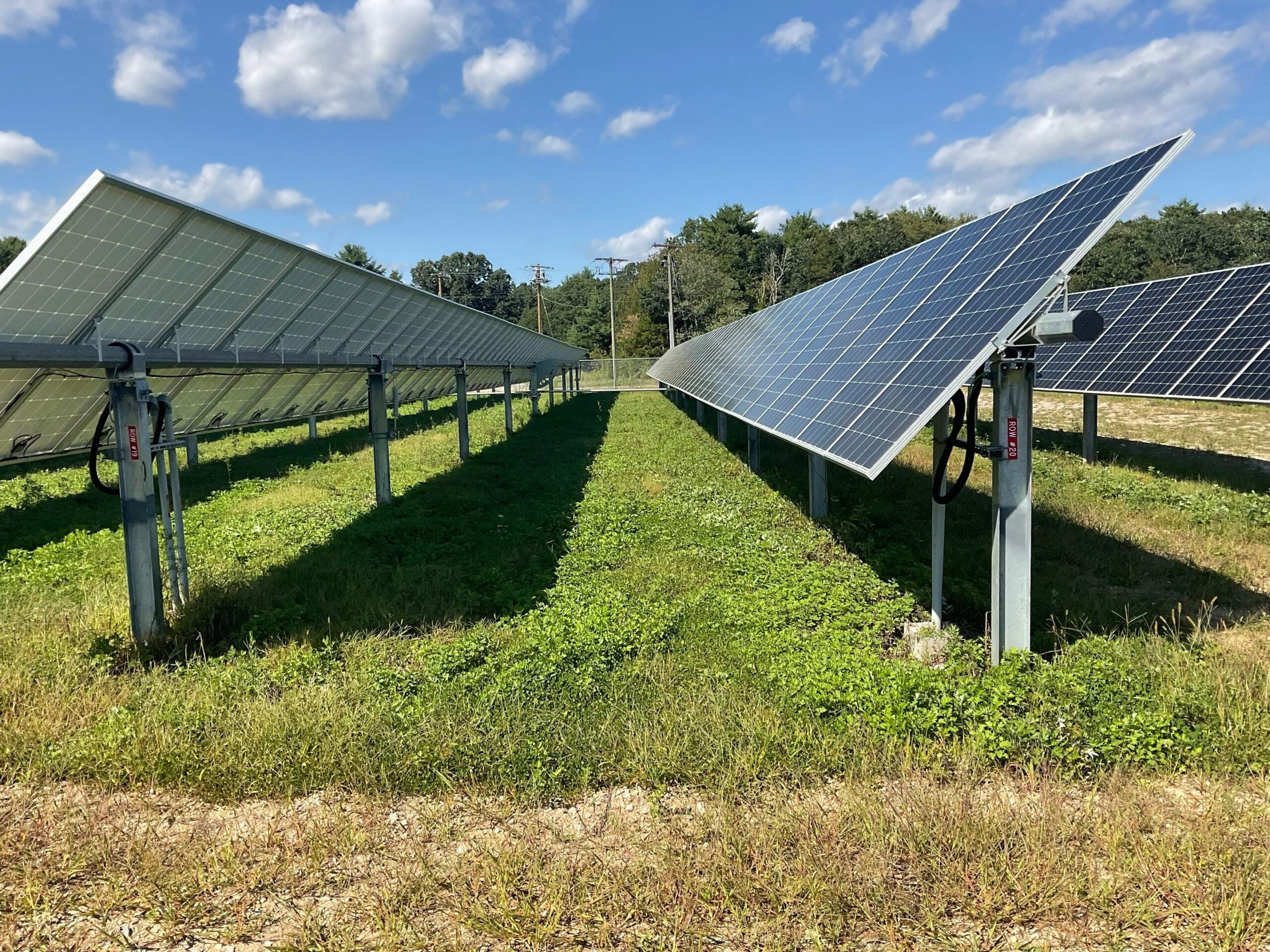21 MW community solar farms in New York and Massachusetts bring clean energy savings to countless area businesses and residents
This 21 MW portfolio is composed of three community solar sites in New York and Massachusetts and was acquired by Standard Solar from New Leaf Energy. The portfolio consists of three arrays: Main Street Newbury, Saunders Settlement and Copicut.
“Meeting the growing demand across the country for community solar is critical to growing an equitable clean energy economy,” said Harry Benson, director of business development for Standard Solar. “These projects go a long way toward increasing affordable energy in the Northeast.”
The Main Street Newbury system in Byfield, Massachusetts, is 2.8 MW and is fully subscribed to commercial and residential subscribers in Byfield and the surrounding area. It produces 3,571 MWh of energy annually.
The Saunders Settlement project in Sanborn, New York is more than 6 MW and produces 8,861 MWh annually.
The Copicut project in Freetown, Massachusetts, is a single-axis tracker solar plus battery storage project with more than 12 MW of solar and 22 MWh of storage. The project produces 17,924 MWh of energy annually and received an award from the state’s Solar Massachusetts Renewable Target (SMART) program, which provides incentives for solar and storage projects.
“Community solar projects like these generate clean, reliable energy needed by residents and businesses and are integral in helping New York and Massachusetts reach their renewable energy and climate goals,” said Michael Streams, chief development officer for Standard Solar.
These projects represent another milestone in Standard Solar and New Leaf’s partnership. The two companies also partnered on community solar projects in Virginia (12 MW) and Illinois (84 MW).
“At New Leaf Energy, we take pride in focusing on projects that provide the greatest value to decarbonizing the electricity system, and community solar projects fit that bill,” said Brendan Neagle, New Leaf Energy’s executive VP for project finance. “They bring clean, renewable power to more consumers and add resiliency to the electrical grid.”




